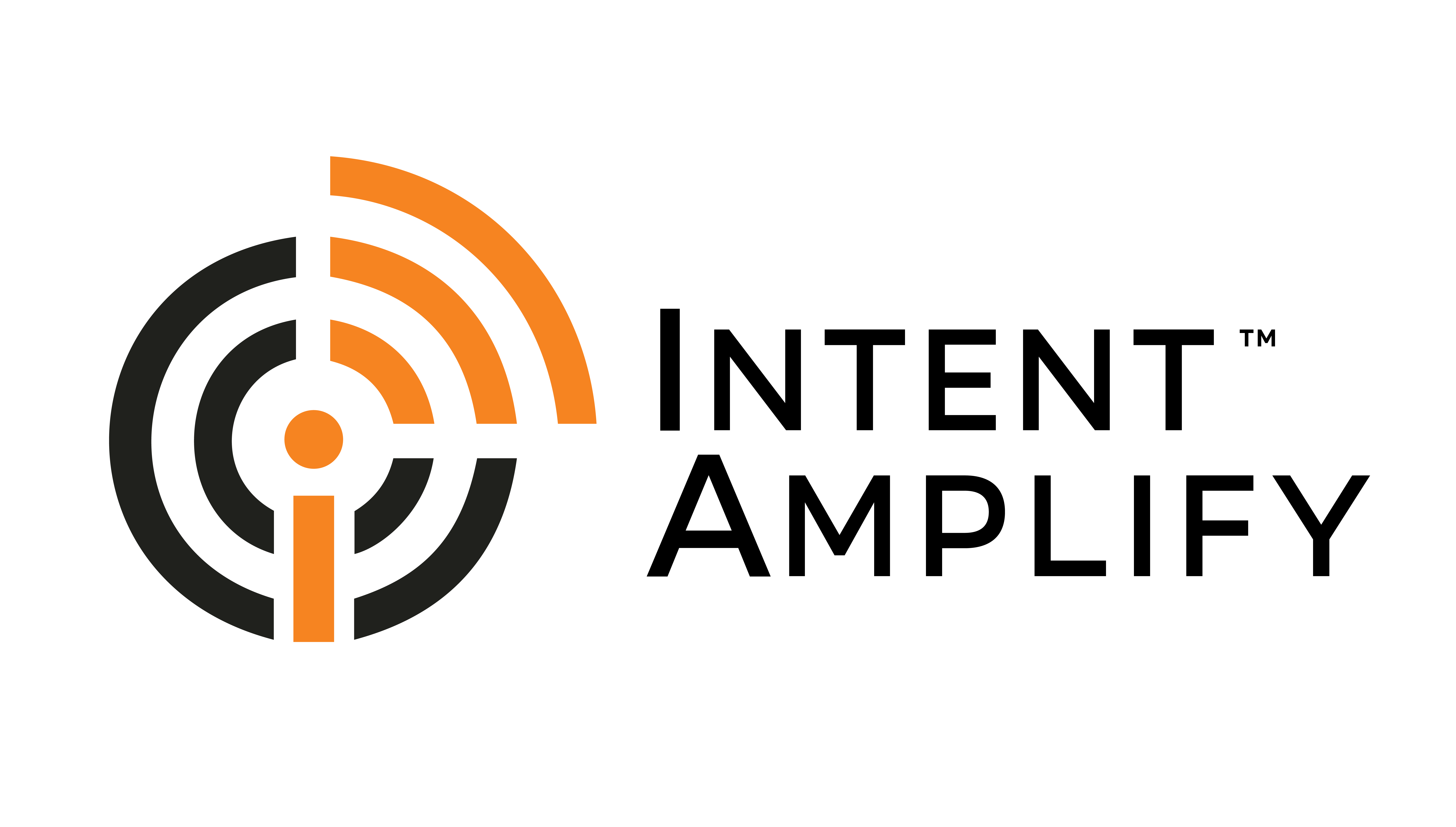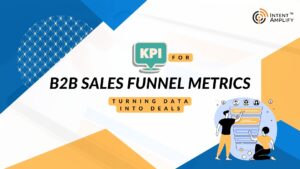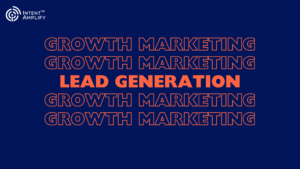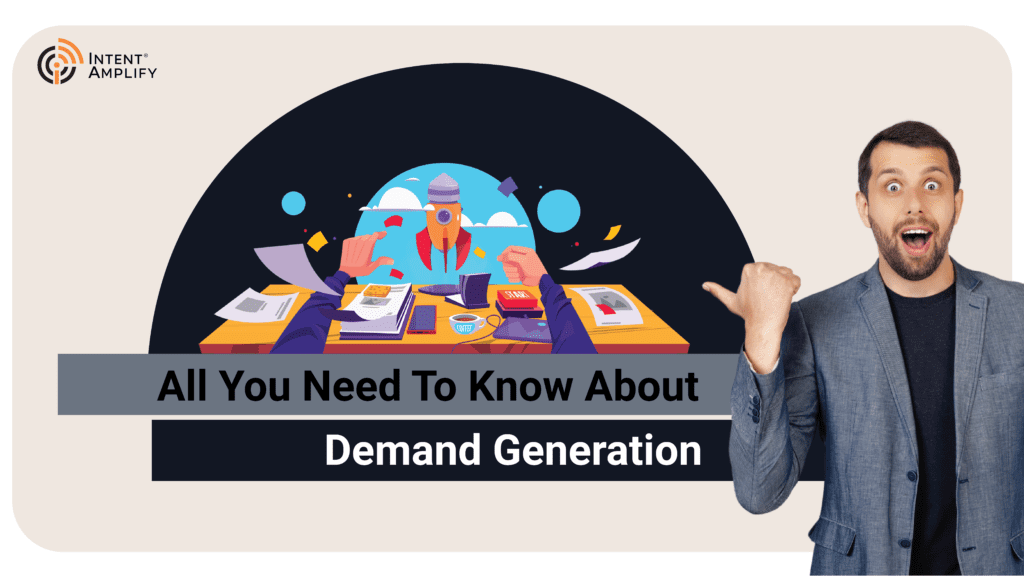
All You Need To Know About Demand Generation
What is Demand Generation?
In the realm of marketing, demand generation plays a pivotal role in achieving success. Its primary objective is to generate interest, create awareness, and ultimately, boost sales. This blog post delves into the key elements, resources, advantages, and successful tactics of a well-rounded demand generation methodology. Demand Generation is a type of Inbound Marketing.
A well-crafted demand generation strategy can encompass a wide range of tactics, from social media campaigns aimed at increasing brand awareness to thought leadership initiatives such as webinars, eBooks, and white papers that establish your brand’s authority within its industry. In essence, the crux of demand generation lies in effectively communicating the brand’s essence, value proposition, and credibility to the target audience. The ultimate goal is to create awareness and build trust in the brand you are representing.
The demand generation process holds immense potential in facilitating the entire customer journey. This includes generating interest and demand for the product and enabling the sales team to pursue qualified leads.
Essential Components
The demand generation process involves several key components that are crucial for its success which involves various components. Read in detail below:
1. Content Marketing
In the realm of demand generation, the foundation upon which success is built is high-quality, relevant, and engaging content. Various forms of content such as blogs, whitepapers, case studies, webinars, and podcasts play a crucial role in educating and informing prospective customers. By offering valuable insights, these resources help establish trust and credibility with the audience.
2. Email Marketing
It is a powerful tool for businesses to connect with their audience. By creating personalized and targeted email campaigns, businesses can effectively nurture leads and keep them engaged throughout the buyer’s journey. This approach helps to build trust and credibility with potential customers, ultimately driving them closer to conversion.
3. Social Media Marketing
It is a powerful tool that enables businesses to connect with potential customers, showcase their content, and create a buzz around their products or services. By leveraging social media platforms, businesses can effectively engage with their target audience and promote their brand in a meaningful way.
4. Search Engine Optimization
SEO is a powerful tool that can help you boost your website’s visibility among potential customers and increase organic traffic. By optimizing your website and content for search engines, you can improve your chances of ranking higher in search engine results pages (SERPs) and attract more visitors to your site. This can ultimately lead to increased brand awareness, higher conversion rates, and improved business performance.
5. Paid Advertising
It is a highly effective strategy that leverages platforms like Google Ads, LinkedIn Ads, and other industry-specific channels to drive targeted traffic, generate leads, and boost brand visibility. By investing in paid advertising, businesses can reach their target audience more efficiently and effectively, ultimately driving more conversions and revenue.
Effective Tools For Demand Generation

In the realm of marketing, demand generation is a crucial aspect that involves creating interest and awareness in a company’s products or services. To achieve this, marketers rely on various tools that help them generate leads and convert them into customers. These tools include email marketing software, social media platforms, content management systems, search engine optimization tools, and customer relationship management software. By utilizing these tools effectively, businesses can create a steady stream of demand for their offerings and drive revenue growth.
Marketing Automation Platforms
MAPs are essential for automating and streamlining demand-generation processes. Popular examples of MAPs include HubSpot, Marketo, and Pardot. These platforms enable businesses to automate tasks such as email marketing, lead scoring, and campaign management, thereby increasing efficiency and productivity.
Customer Relationship Management
When it comes to managing customer data, tracking interactions, and measuring the effectiveness of demand-generation campaigns, CRM systems are essential tools. Among the most popular options in the market are Salesforce, Zoho, and Microsoft Dynamics. These platforms offer a range of features and functionalities that can help businesses streamline their sales and marketing processes, improve customer engagement, and drive growth.
Analytical Tools
Google Analytics and Adobe Analytics are two powerful tools that offer valuable insights into website traffic, user behavior, and conversion data. By leveraging these tools, businesses can make informed decisions about their demand-generation strategies and make necessary adjustments to improve their overall performance.
Social Media Management
SMM tools like Hootsuite, Buffer, and Sprout Social have made social media management a breeze. These tools offer efficient scheduling, tracking, and analysis of social media efforts, making it easier for businesses to manage their social media presence.
Benefits Of Demand Generation
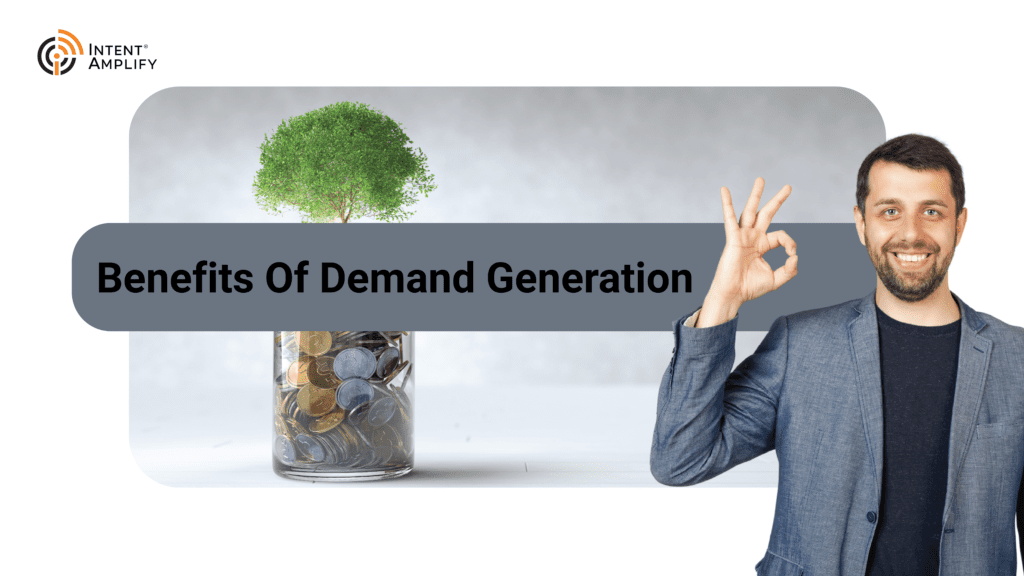
fter looking at the meaning and components of demand generation, let’s dig into how it can benefit the organization.
Increased Brand Awareness
One of the benefits of producing and promoting valuable content on a consistent basis is that it can help businesses establish a strong brand presence and position themselves as thought leaders in their respective industries. This increased brand awareness can lead to greater recognition and trust among potential customers.
Better Qualified Leads
Effective demand generation strategies are essential for businesses to attract and cultivate leads that have a higher likelihood of converting into paying customers. By implementing these strategies, businesses can ensure that they are generating better-qualified leads that are more likely to increase revenue and growth.
Improved Sales & Marketing Alignment
Achieving a successful demand generation strategy is contingent upon the seamless collaboration between sales and marketing teams. This collaboration fosters improved communication, shared objectives, and a more efficient sales process.
Enhanced Customer Retention
Improved customer loyalty and retention can be achieved by nurturing long-term relationships and consistently delivering value to customers. This is where demand generation efforts come into play. By focusing on creating demand for products or services, businesses can foster customer loyalty and increase retention rates.
Demand Generation Strategies
Demand generation strategies are crucial for businesses to attract and engage potential customers. These strategies involve a variety of tactics aimed at creating interest and demand for a company’s products or services. demand generation strategies are designed to generate leads and ultimately drive revenue. By implementing effective demand-generation strategies, businesses can increase their brand awareness, build customer relationships, and ultimately grow their bottom line.
So what to wait for? Let’s start with the effective strategies to demand generation:
Develop buyer persona
Creating detailed buyer personas is an essential step in understanding your target audience. These personas will serve as a guide for your content strategy, messaging, and targeting efforts. By developing a clear understanding of your ideal customer, you can tailor your marketing efforts to meet their specific needs and preferences. This will help you to create more effective and engaging content that resonates with your audience and drives conversions.
Leverage omnichannel marketing
To effectively connect with your target audience, it is recommended to employ an omnichannel marketing approach. This involves utilizing a combination of channels such as email, social media, and paid advertising to reach your audience where they are most active.
Implement ABM
One effective marketing strategy to consider is Account-Based Marketing (ABM).
Lead Scoring
It is a highly effective strategy that involves assigning scores to leads based on their behavior, engagement, and demographics. This approach enables businesses to prioritize leads and tailor their marketing efforts accordingly. By utilizing Lead Scoring, companies can efficiently allocate their resources and focus on the most promising leads, resulting in increased conversions and revenue.
Optimize for conversion
To achieve maximum results, it is essential to continuously test and optimize your landing pages, forms, and CTAs. This will help improve your conversion rates and ultimately lead to better outcomes.
Conclusion
In the realm of marketing, demand generation plays a pivotal role in achieving success. Generating interest, drawing in potential customers, and ultimately boosting sales, is a vital component of any effective marketing plan.
By doing so, businesses can reap the benefits of demand generation and experience significant growth.
If you’re facing difficulty in your demand generation process and are unable to get quality conversions, do not worry Intent Amplify has got your back!
